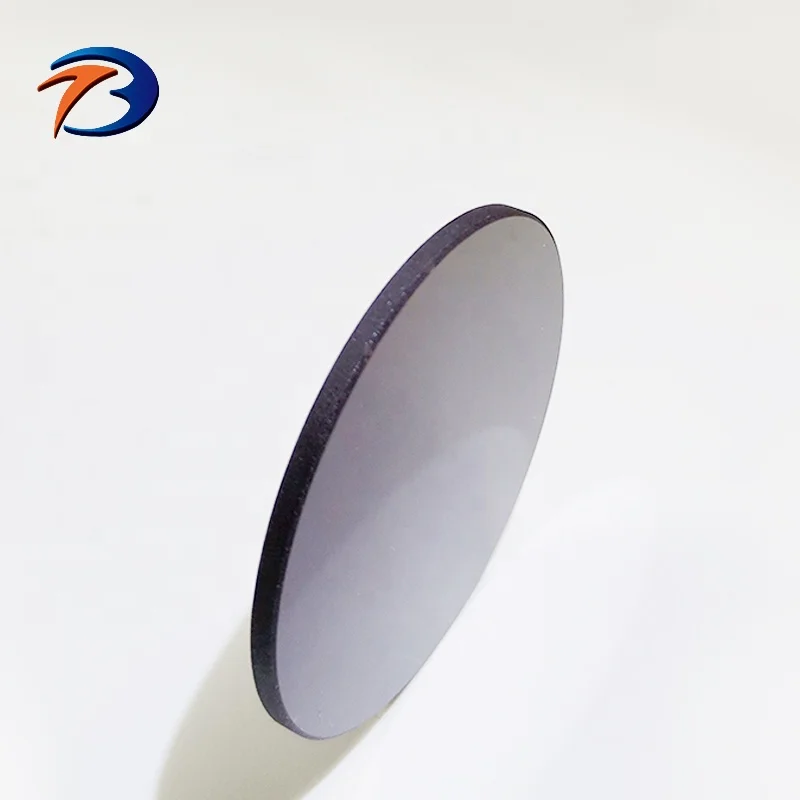Household Thermometers: Your Guide to Choosing the Best for Your Home
Household thermometers are essential tools for monitoring temperature in various settings, from checking room comfort to ensuring food safety. With so many options available, it can be challenging to find the right one for your needs. This guide will help you navigate the world of household thermometers, covering types, features, buying tips, and more.
How to Find Reliable Household Thermometers from China in 2025
China is a leading manufacturer of household thermometers, offering a wide range of products at competitive prices. To find reliable suppliers, consider platforms like Alibaba, which connect buyers with verified manufacturers. Look for suppliers with high ratings, positive reviews, and certifications like ISO or CE. Request samples to test quality before placing bulk orders.
What Buyers Should Know Before Buying Household Thermometers from China
When purchasing household thermometers from China, pay attention to product specifications, materials, and accuracy. Ensure the supplier provides clear documentation, including user manuals and warranty information. Shipping costs and lead times can vary, so factor these into your decision. Communication is key—ask questions to clarify any doubts before finalizing your order.
Types of Household Thermometers
There are several types of household thermometers, each suited for different purposes:
- Digital Thermometers: Quick and accurate, ideal for measuring body or room temperature.
- Infrared Thermometers: Non-contact devices perfect for checking surface temperatures.
- Analog Thermometers: Traditional dial or mercury-based models, often used for room temperature.
- Food Thermometers: Designed to ensure food safety by measuring internal temperatures.
Functions and Features of Household Thermometers
Modern household thermometers come with advanced features like backlit displays, memory functions, and waterproof designs. Some models offer Bluetooth connectivity for tracking temperature trends on your smartphone. Accuracy is crucial—look for thermometers with a margin of error of ±0.5°F or less for reliable readings.
Scenarios of Household Thermometers
Household thermometers are versatile tools used in various scenarios:
- Home Comfort: Monitor room temperature for optimal heating or cooling.
- Health Monitoring: Check body temperature for fever detection.
- Cooking: Ensure food reaches safe internal temperatures.
- Baby Care: Track nursery or bathwater temperature for safety.
How to Choose Household Thermometers
Selecting the right household thermometer depends on your needs:
- Purpose: Determine whether you need it for health, cooking, or general use.
- Accuracy: Opt for models with high precision, especially for medical or food safety.
- Ease of Use: Consider features like one-touch operation or clear displays.
- Durability: Choose waterproof or shockproof models for longevity.
Household Thermometers Q & A
Q: How often should I calibrate my household thermometer?
A: Digital thermometers should be calibrated annually, while analog models may need more frequent checks.
Q: Can I use a food thermometer for body temperature?
A: No, food thermometers are not designed for medical use and may not provide accurate readings.
Q: What is the best thermometer for a baby?
A: Digital ear or forehead thermometers are safe and easy to use for infants.
Q: Are infrared thermometers safe for home use?
A: Yes, they are safe and ideal for non-contact temperature measurements.
Q: How do I clean my household thermometer?
A: Use a soft cloth and alcohol wipes for digital models. Avoid submerging non-waterproof thermometers.
























